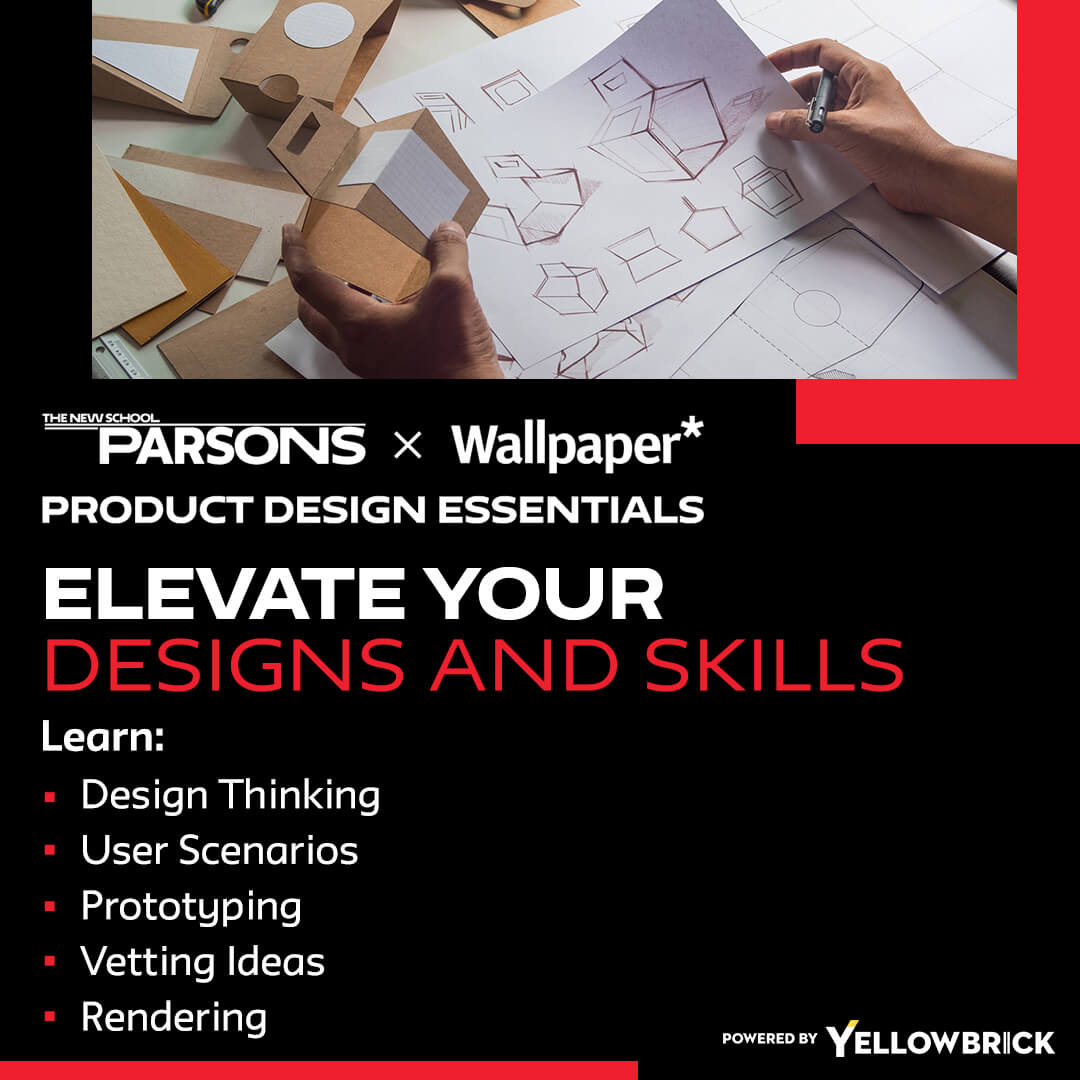Product design KPIs (Key Performance Indicators) are vital metrics that measure the success of design initiatives and ensure they align with business objectives. They provide actionable insights that guide teams toward better outcomes, improved efficiency, and stronger business impact.
Understanding Product Design KPIs
KPIs in product design are quantifiable measures that reveal how well design projects perform. They help teams track progress, identify improvement areas, and make data-driven decisions. Common product design KPIs include:
- User Satisfaction Scores: Measure how happy and engaged users are with the product.
- Conversion Rates: Track the effectiveness of design in turning visitors into customers.
- Time-to-Market: Assess how quickly a product moves from concept to launch.
- Design Quality Metrics: Evaluate the accuracy, creativity, and usability of the final product.
Establishing Relevant KPIs
Effective KPIs must connect directly to both organizational goals and project objectives. Setting them involves:
- Defining Clear Objectives: Specify the exact goals and desired results of the design project.
- Identifying Key Metrics: Choose the most relevant measures for tracking progress.
- Setting Targets: Create realistic performance benchmarks.
- Implementing Tracking Mechanisms: Use reliable tools to collect and analyze data.
- Reviewing and Iterating: Regularly assess results and adjust KPIs for ongoing improvement.
Impact of Product Design KPIs on Excellence
Well-chosen KPIs create a structured approach to achieving design excellence. They can:
- Enhance User Experience: Keep designs user-focused by tracking satisfaction and engagement.
- Optimize Processes: Improve efficiency, reduce errors, and meet deadlines.
- Drive Innovation: Encourage creativity through innovation-focused metrics.
- Support Business Goals: Show how design directly contributes to revenue and growth.
Measuring Success
Measuring KPIs effectively requires a balance of quantitative data, qualitative insights, and stakeholder feedback. This continuous evaluation helps teams make informed decisions, prioritize high-impact initiatives, and keep improving design performance.
Conclusion
Product design KPIs are more than performance markers—they’re a strategic tool for aligning design work with business success. By setting the right KPIs, tracking them consistently, and using the insights to adapt, design teams can elevate both their processes and their results.
Key Takeaways:
- Product design KPIs measure project success and ensure alignment with business objectives.
- They guide teams with data-driven decisions, process improvements, and better outcomes.
- Common examples include user satisfaction scores, conversion rates, time-to-market, and design quality metrics.
- Setting KPIs involves defining objectives, choosing relevant metrics, setting targets, using tracking tools, and reviewing regularly.
- Well-selected KPIs improve user experience, streamline processes, encourage innovation, and drive business growth.
- Measuring success requires combining quantitative data, qualitative insights, and stakeholder feedback.
- Consistent KPI tracking and adaptation lead to continuous improvement and design excellence.
To enhance your proficiency in product design KPIs, consider enrolling in the Parsons Product Design Essentials online course and certificate program offered by Yellowbrick for a comprehensive learning experience.








